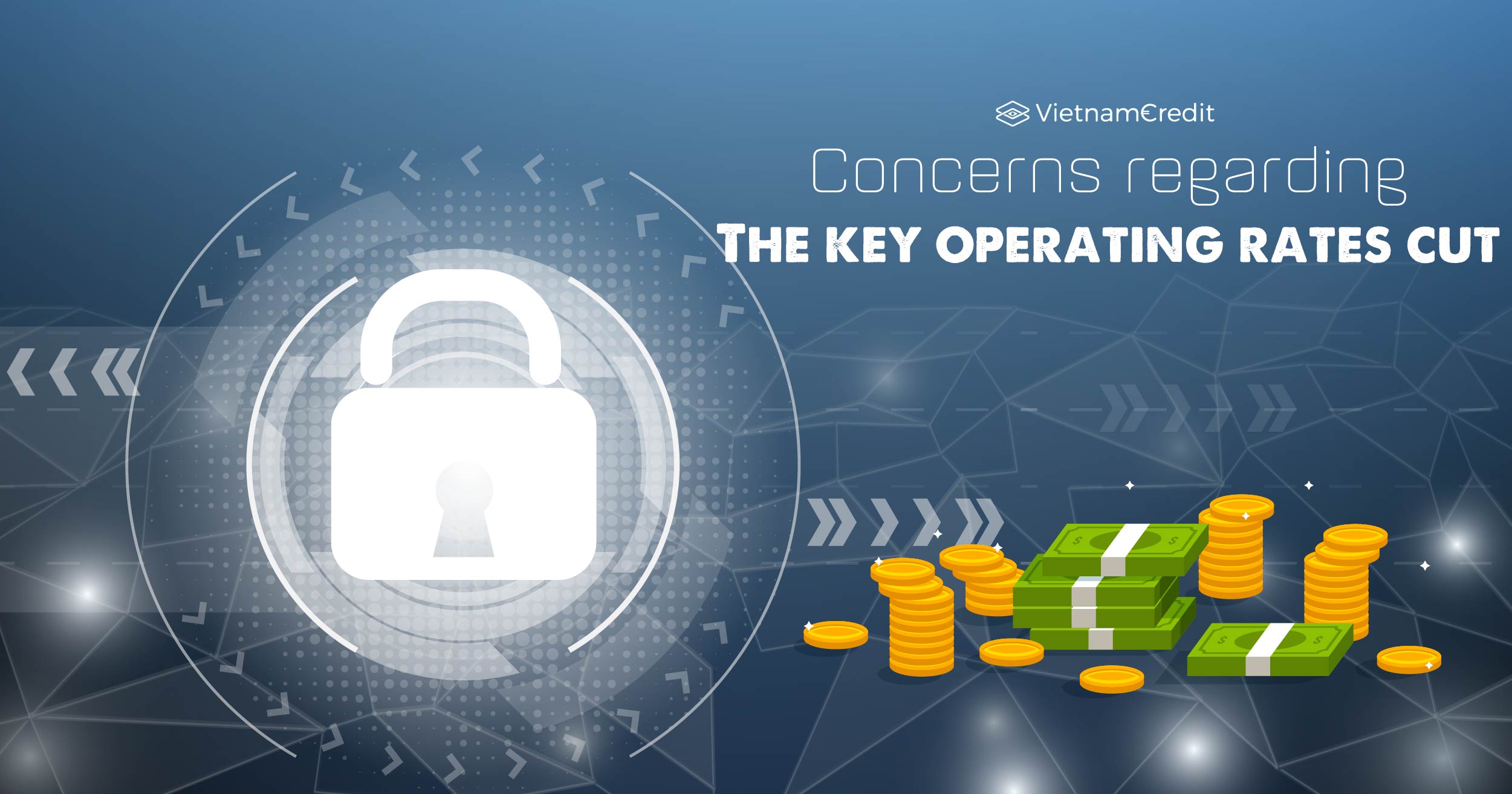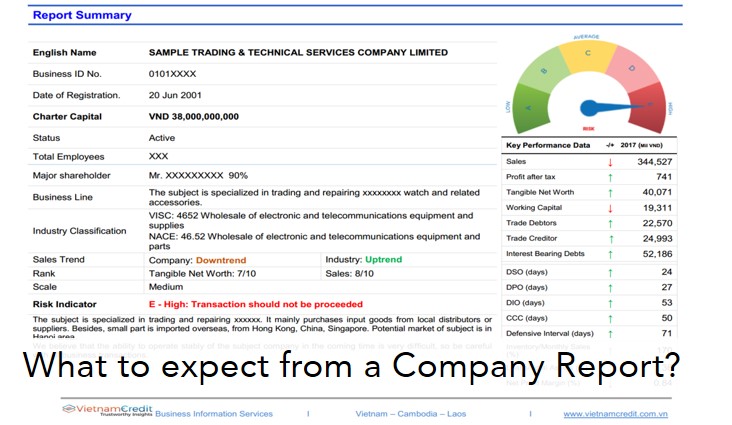Even if the State Bank cut the key interests by more than 0.25% as last week, the possibility of it affecting the market 1 is still low.
According to Decision no. 1870/QĐ-NHNN announced on 12th September, from 16th September onwards, the State Bank of Vietnam would cut the annual refinancing rate and rediscount rate will be lowered from 6.25 percent to 6 percent, and from 4.25 per cent to 4 per cent, respectively; the overnight lending interest rate in inter-bank electronic payment and lending to offset the capital shortage in the clearing of the State Bank of Vietnam for banks is cut from 7.25%/year to 7.0%/year; offering interest rate of valuable papers through the open market operation is cut from 4.75%/year to 4.5%/year.
Following the trend of the world?
According to the explanation of the State Bank, recently, the global economic situation develops unfavorably with a lot of central banks of America and Europeans nations cutting their key rates. Meanwhile, the micro economy of Vietnam is stable, inflation has been controlled, the monetary and foreign exchange market remains stable. These are the basis for the State bank to adjust and cut several key interest rates in operation.
Market updates show that the People’s Bank of China (PBOC) has cut the required reserve ratio by 50 bps for all banks and by 100 bps for qualified city banks.
PBOC has also cut the required reserve ratio at major banks to 13%. Thus, this has been the third cut of this ratio by PBOC this year, the seventh cut since the start of 2018.
Regarding the European Central Bank, they adopted economic growth stimulus packages, including interest rate cuts and bond re-launch, to deal with the weakening of inflation as well as other macro risks coming from the US-China trade war.
As a result, the ECB lowered the deposit interest rate to a record low of - 0.5% from - 0.4% and plans to restart the bond purchasing program worth 20 billion Euro/month, starting from November 2019.
According to the analysis of the BSC securities companies, with the management development of the monetary policies at central banks in the world, FED will face the pressure of reducing the interest rate, further extending this from the previous meeting, although the US macro and economic indicators have not shown any signs of recession. The problem is that the coming interest rate cut by FED will raise the expectation of a long cutting cycle to stimulate demand when before that, the US economy has developed quite hot.
In the interview with VnEconomy, expert Nguyen Chi Hieu said: “Vietnam is under multiple double-impacts from the US-China trade war. The two countries are the two biggest economies in the world, and also the two biggest partners of Vietnam. Therefore, the interest rate cannot remain the same.”
The problems lie in bad debts and solution to differences in quality
According to General Director of the Orient Commercial Joint Stock Bank Nguyen Dinh Tung, in recent years, the message of the operators have been very clear, including careful and flexible monetary policies management, following the lengthy objective of the Government of maintaining the stability of the micro economy, controlling inflation, promoting manufacturing business. Therefore, Mr. Tung said that the decision to reduce the operating rates is similar to the orientation of the State Bank for many years.
Even though he did not directly mention, it seems that Mr. Tung thinks that this operating rate cut is not going to have much impact on quantitative easing, which many people initially thought to be real.
According to expert Le Xuan Nghia, former Vice Chairman of the National Financial Supervisory Commission, the above-mentioned 0.25 percentage point decrease is still quite modest compared to the current interest rates. "From now till the end of the year, the State Bank may consider reducing more to be of real value in supporting economic growth," Mr. Nghia said.
Agreeing with this view, Mr. Nguyen Tri Hieu said that the reduction of the operating interest rate is quite low compared to the current lending interest rate level. Therefore, the impact of the action of cutting interest rates on the management of deposit rates and lending rates will not be much. The State Bank still holds a prudent view".
"The series of interest rates being adjusted down in this phase impact market 2, while it is common knowledge that market 1 and market 2 are not strongly related. Therefore, the spread of the lowering interest rates from market 2 to market 1 is quite weak,“ Mr. Hieu said.
Not much different, the analysis team of Bao Viet Securities Joint Stock Company (BVSC) also assessed that, from a practical perspective, the impact of the reduction of interest rates in Vietnam will not be too large as in other developed countries like America or Europe, etc.
Another analysis from the BSC Securities Company also shared the same opinion: "The above decision of the State Bank to cut interest rates is mainly oriented and psychological. We still have to wait for real figures on credit and market 2 growth in the coming time to determine whether it truly loosen Vietnam’s monetary policy or not.
Monitoring the market shows that the story of reducing interest rates in market 1 has been a challenge facing the State Bank for many years. Once the operators have tried to lower the interest rates of the market 2 to an extremely low level. But on the contrary, the lending interest rate in market 1 is still high at 10 - 12%/year for medium and long term.
An expert said that, when a credit institution system reaches nearly 100 units, with differences in size, potential, and financial capacity, it is difficult to operate under a common goal. Recently, a series of banks have begun to raise deposit rates to very high levels, even up to 8.2%/year (for terms over 6 months).
Thus, from now until the end of the year is the time of high demand for payment, and the only option for banks with weak liquidity is to push interest rates higher; Interbank borrowing is also not easy because some large institutions specializing in capital supply always require collaterals and high-interest rates. Small banks likely lead the mobilizing interest rate race because if big banks don’t get involved, they will not be able to mobilize capital.
Meanwhile, the process of self-dealing with bad debts, especially in the two largest banks of the system, is stagnant. When new credits are forced to "subsidize" the costs of old bad debt, it is even harder to lower interest rates. Therefore, it is unlikely that it will be feasible to reduce the operating interest rate and proceed to quantitative easing to penetrate the market.
Source: VnEconomy – Translated by Vietnam Credit























































